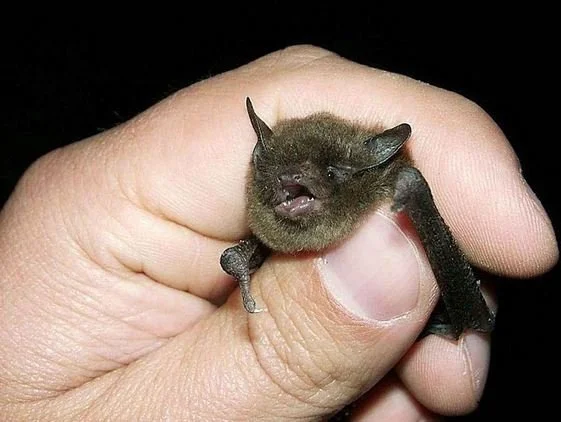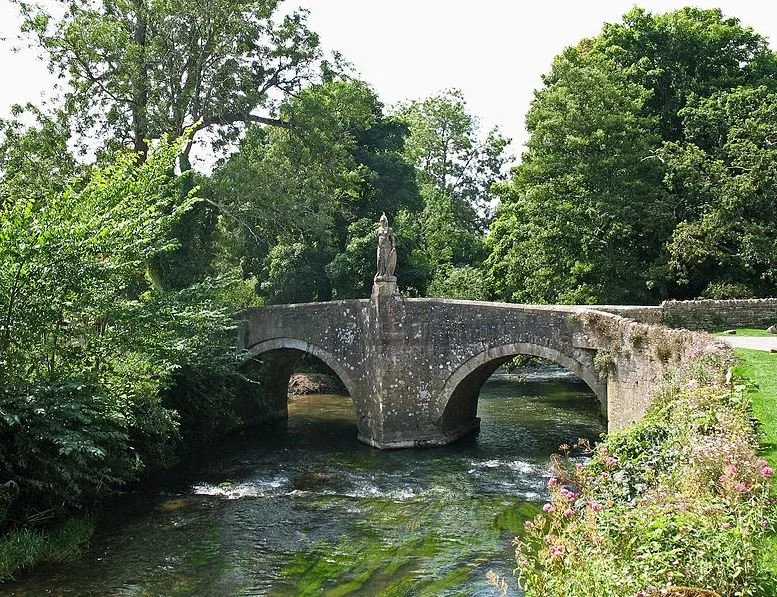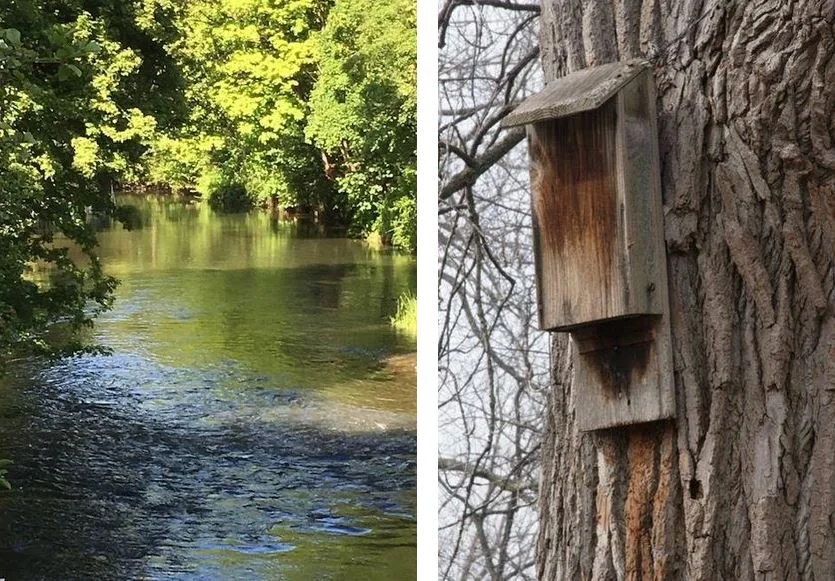Encouraging Bats into your Garden or Meadow
You probably already have bats in your garden as Limpley Stoke and Freshford are particularly important for bats! We have Greater Horseshoe Bats, Lesser Horseshoes and Bechstein's Bats as well as the more common bats. 15% of the total UK population of Greater Horseshoes are in the Bath and Bradford-on-Avon Bats Special Area of Conservation (SAC).
Our valley’s mosaic of scrub and wooded habitat is crucial for foraging and roosting habitat for the Greater Horseshoe Bat which has an exceptionally large overwintering population in the caves in the valley between Bath and Bradford on Avon, including four nationally important Sites of Special Scientific Interest: Box Mine, Winsley Mines, Combe Down and Bathampton Down Mines, and Brown’s Folly. We have Greater Horseshoes in Limpley Stoke Mine too. Did you know that Iford Manor has the fourth largest breeding colony of Greater Horseshoe Bats in England and one of only 15 breeding roosts in the country?
Bats commute from the maternity roosts to forage in grassland, watercourses, scrub and woodland surrounding them. Such habitats are not included in the SAC designation, they are vital to support the bats which are features of the SAC. For example, the Bechstein’s Bat uses mature, deciduous trees in Limpley Stoke for roosting and for a corridor to and from the hibernation sites in the SAC. Our stretch of the River Avon provides a crucial corridor for all bats.
What do bats feed on and why in the dark?
They feed on a variety of insects which they find close to vegetation, water and trees. They also require darkness to keep hidden from predators on routes to and from their roost sites and feeding areas. Horseshoe Bats are especially light sensitive, relying on echolocation and hearing for foraging at night, preferring very dark conditions, particularly important at the hours immediately following dusk and pre-dawn when bats will be most active.
What can we do in our gardens and meadows to encourage bat habitat?
“Swarming” sites where bats congregate for socialising and mating in the autumn are also vitally important for maintaining populations, and this could well be in your garden!
Keep your garden as dark as possible, avoiding light spill from windows. If you have outside lights at all, only turn them on when needed, maybe with the help of motion detectors.
Plant native hedging in the late autumn/early winter such as hawthorn, crab apple, elder etc.
Install a water feature.
With increasing numbers of ash trees becoming infected with ash dieback, plant trees if you have room.
Install bat boxes - build your own or buy from RSPB who also sell bat detectors to help pick out bat calls as they flit across the night sky.
Plant night-scented flowers.
Let your garden go a little wild.
If you have bats in your attic, ensure you don’t disturb them: contact the Bat Conservation Trust.
Article by Denise Barnes
NATURE CHAIN would love to hear from you so if you have a little story and some photos about your wildlife gardening, please send it in to thenaturechain@gmail.com


